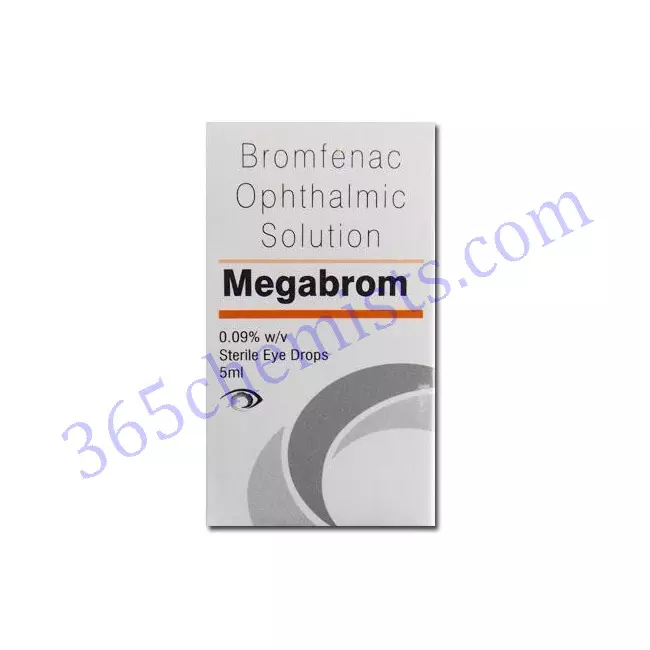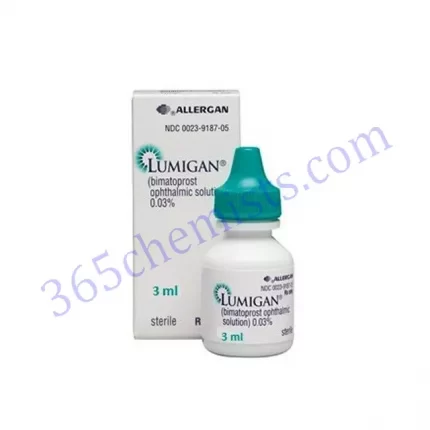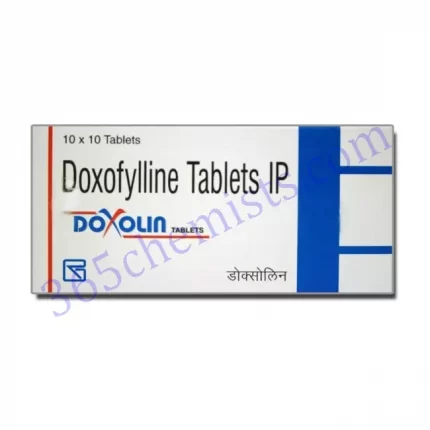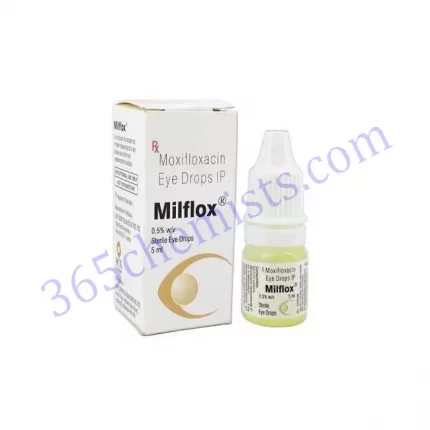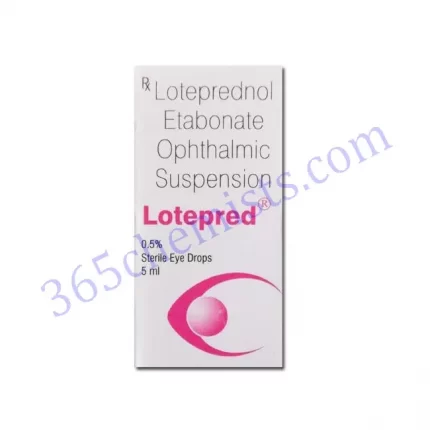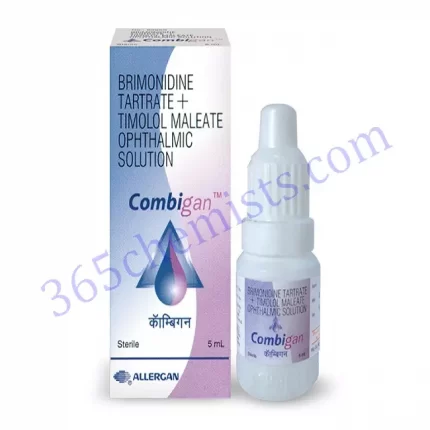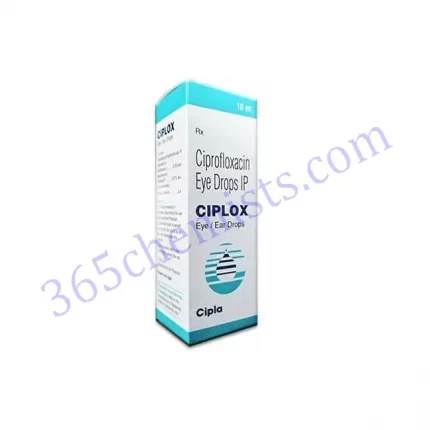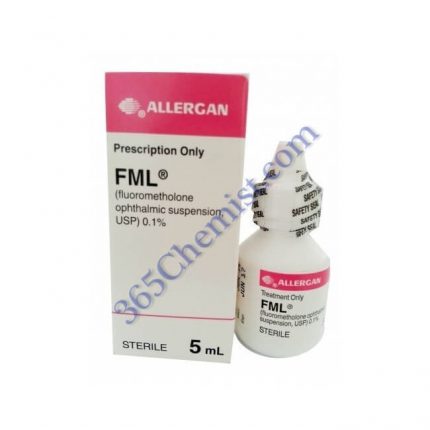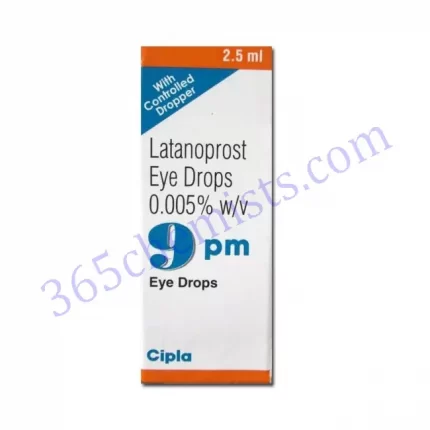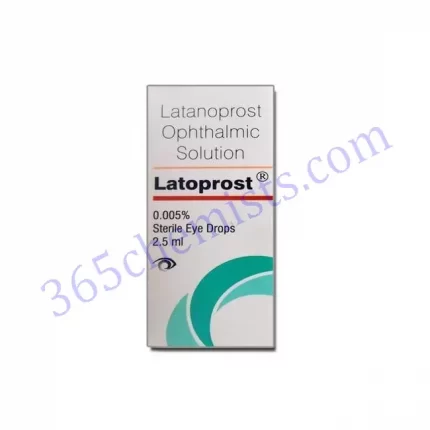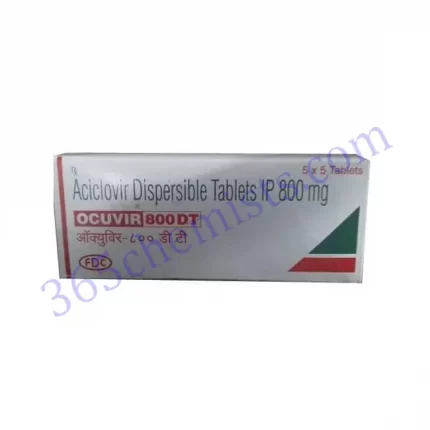Megabrom Eye Drop 5ml (Bromfenac 0.09%w/v): A Comprehensive Overview
Megabrom Eye Drop is a pharmaceutical product that was developed to provide relief and therapy for a variety of illnesses that might affect the eyes. Because it contains Bromfenac 0.09%w/v as its active ingredient, this eye drop provides a powerful remedy for relieving the symptoms that are connected with inflammation and pain in the eyes. In this piece, we will investigate the ingredients that make up Megabrom Eye Drop, as well as its mechanism of action, therapeutic applications, recommended dosage, and potential adverse effects.
Composition and Mechanism of Action
The active component of Megabrom Eye Drop is Bromfenac, and it is present in a concentration of 0.09% by weight relative to water. Bromfenac is a nonsteroidal anti-inflammatory medicine (NSAID) that possesses significant anti-inflammatory and analgesic activities. It is a member of the class of pharmaceuticals known as nonsteroidal anti-inflammatory drugs. Bromfenac, when applied topically, blocks the formation of prostaglandins, which are hormone-like substances that play a role in the regulation of inflammatory and painful responses. Bromfenac provides relief from ocular inflammation and the associated discomfort by inhibiting the activity of cyclooxygenase enzymes. This results in a reduction in the production of prostaglandins, which in turn reduces the production of prostaglandins.
Therapeutic Uses
Megabrom Eye Drops are typically used for the primary purpose of treating postoperative ocular inflammation in patients who have just had cataract surgery. It has a significant ameliorating effect on a variety of post-operative symptoms, including pain, inflammation, and swelling, among others. Additionally, the pain and inflammation brought on by other ocular disorders, such as ocular allergies, conjunctivitis, and uveitis, can be managed with the use of this eye drop by applying it to the affected eye(s). It provides an easy and targeted approach to the relief of discomfort as well as the promotion of speedier recovery.
Dosage and Administration
It is essential to follow the instructions provided by your healthcare provider on the dosage and administration of Megabrom Eye Drop in order to achieve the best possible therapeutic result. As a general rule, the suggested dosage for adults is one to two drops to be given to the afflicted eye(s) once day, beginning the day before surgery and continuing for up to 14 days after surgery. This is the normal and recommended dosage. It is possible for the specific dosage and length of treatment to change depending on the individual patient’s circumstances as well as the degree to which the ailment has progressed. In order to identify the right dosage and administration schedule, it is absolutely necessary to speak with a healthcare practitioner.
Safety Profile and Side Effects
Megabrom Eye Drop is generally well accepted; nonetheless, just like any other medication, it has the potential to bring on a variety of unwanted side effects in a few people. A moderate stinging or burning sensation upon application, brief impaired vision, eye discomfort, and increased sensitivity to light are typical adverse reactions that patients report experiencing after using this medication. These negative effects often only last for a short time and go away on their own without the need for any special treatment. It is strongly suggested that quick medical attention be sought in the event that any of these side effects continue or become worse over time.
Precautions and Contraindications
Even though Megabrom Eye Drop is thought to be safe for the vast majority of people, it is nevertheless important to follow the appropriate safety measures. In order to guarantee that the usage of this eye drop is both safe and effective, it is vital to inform the healthcare professional about any pre-existing medical issues, medications that are currently being taken, or allergies that you have. Patients who have a known hypersensitivity to bromfenac or other NSAIDs should not use Megabrom Eye Drop because it is not safe for them to do so. It is not advised for use in people under the age of 18, in women who are pregnant, or in those who have severe renal impairment.
Storage and Shelf Life
Megabrom Eye Drop ought to be stored in a location that is both cold and dry, away from extreme heat and direct sunshine, so that its efficacy and consistency are not compromised in any way. The ideal temperature for long-term storage is between 2 and 25 degrees Celsius (36 and 77 degrees Fahrenheit). In order to avoid contaminating the contents of the bottle when it is not being used, it is imperative that the cap be kept firmly in place. The Megabrom Eye Drop bottle is good for use for up to 24 months after the day it was manufactured. Eye drops that have expired or become discoloured should be disposed of in a responsible manner by following the appropriate disposal rules.
Conclusion
For the treatment of ocular inflammation and pain, the pharmaceutical Megabrom Eye Drop, which contains Bromfenac 0.09%w/v as its active ingredient, is a tried-and-true choice that delivers satisfactory results. Because of its anti-inflammatory and analgesic characteristics, it can alleviate the symptoms associated with ocular disorders, which is especially helpful following cataract surgery. Following the recommended dosage and administration schedule for Megabrom Eye Drop, as well as taking the necessary safety precautions, can help ensure that the medication is used in a manner that is both safe and effective. It is always a good idea to speak with a qualified medical practitioner for personalised counsel and to address any concerns you may have regarding its application.

